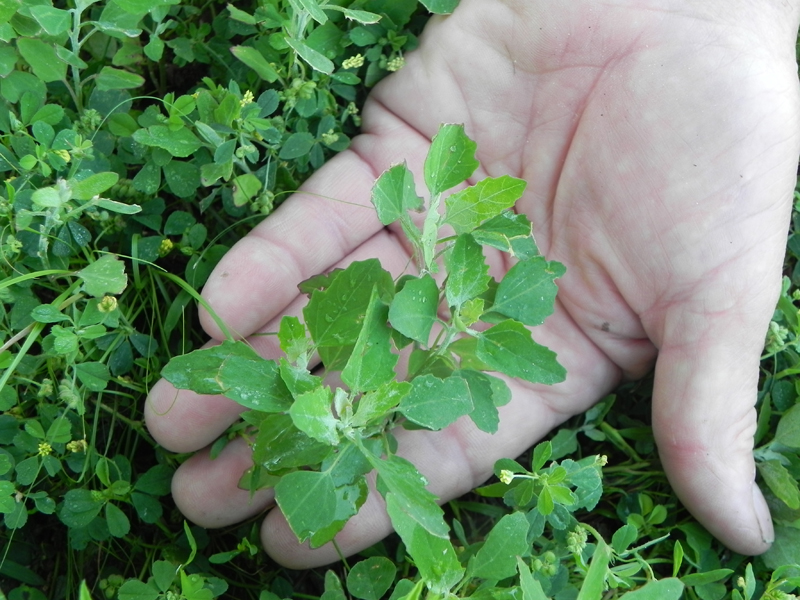Before the invention of agriculture nearly all people were expert hunters and gatherers. Although our world still provides plenty of wild food, free for the taking, few modern people even realize that delicious food goes unharvested in nearly all unsprayed yards.
Knowing how to identify and prepare wild foods offers opportunity for new culinary experiences, reduces the grocery bill, and gives people who know how to forage the comfort of knowing that they can find food and will eat should there be a major disruption in modern food distribution.
Winding Pathways offers on its Website common free foods seasonably available across much of North America and beyond. Some of the best edible plants live in urban areas worldwide. They are likely in your back yard if you don’t apply herbicide. Often we simply call them “weeds”.
After years of foraging, preparing, and eating dozens of wild foods we categorize them as follows:
- The Best: These are common, hardy plants that are easy to identify, harvest and prepare, and are truly delicious.
- The Marginal: These are often also common but are either difficult to harvest or prepare and/or aren’t the tastiest foods. They are great to know in an emergency but few people will eat them routinely.
- The Hunger Foods: Many common plants are edible but are normally challenging to harvest and prepare. They have little taste or are not very appealing. They are worthy to know only because eating them would be better than starving!
Winding Pathways will prioritize information on the Best category and occasionally add information on the others.
But first a word of caution. Edible wild plants share the yard or nearby park with toxic cousins. Always follow these rules before eating any new wild plant:
- Be absolutely certain you have correctly identified the plant and confirmed its edibility. Consult three independent sources before eating. For example one source could be a guidebook, such as the Peterson Guide to Edible Wild Plants. Another could be gleaned from a reliable Internet source. A third might be provided by a local foraging expert. If there is a nature center in your area staff can probably give you contact information on local experts and may even sponsor a foraging program. A good way to start is by identifying a plant in a paper book and then simply Googling it to access electronic information.
- The first time you eat something new go easy. Eat only a small amount. Some people are allergic to even the most common foods. Eating small quantities tests the body to make sure it likes it.
- Make sure any harvested wild plant comes from a place that has not been chemically sprayed. Be sure to wash all gathered foods well.
Winding Pathways three favorite late summer edible plants – those that are common, easy to find and prepare, and taste great – are:
- PURSLANE, an old world weed widely cultivated in India. It’s fleshy stems and leaves hug the ground and are most common in hot, poor soil. Young leaves are delicious raw in salads. Stems and leaves can be steamed or pickled.
- WILD BEET OR AMARANTH is a weed in nearly all vegetable gardens. It makes a delicious steamed vegetable when cooked like spinach. Season with butter, salt and pepper as desired.
- LAMB’S QUARTERS. Few gardens lack lamb’s quarters growing between vegetable rows. Young plants are delicious when steamed like spinach and can also be eaten raw.
Coming soon: American Indians knew a good thing when they tasted it. Acorns were an important dietary staple for them. Check back for information on harvesting and processing acorns.



